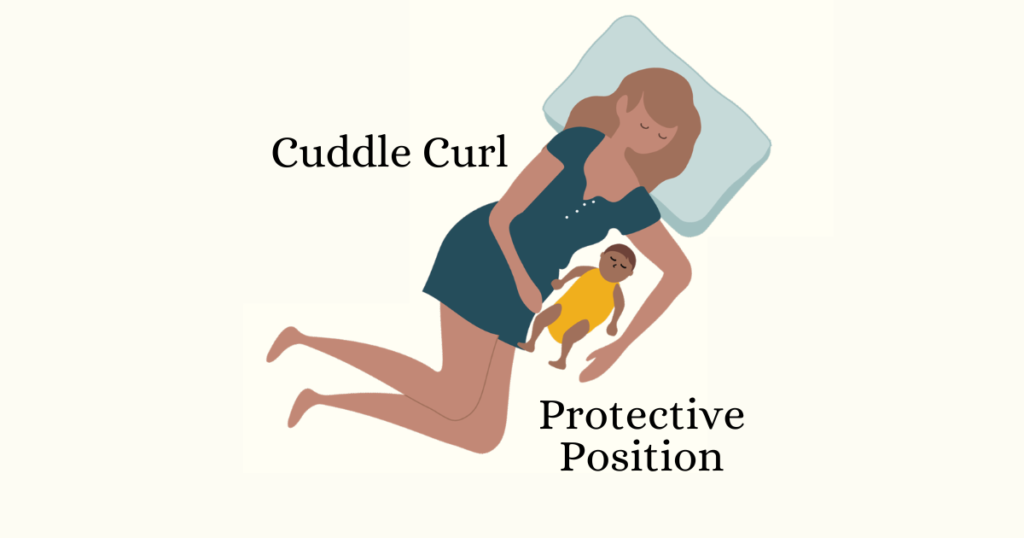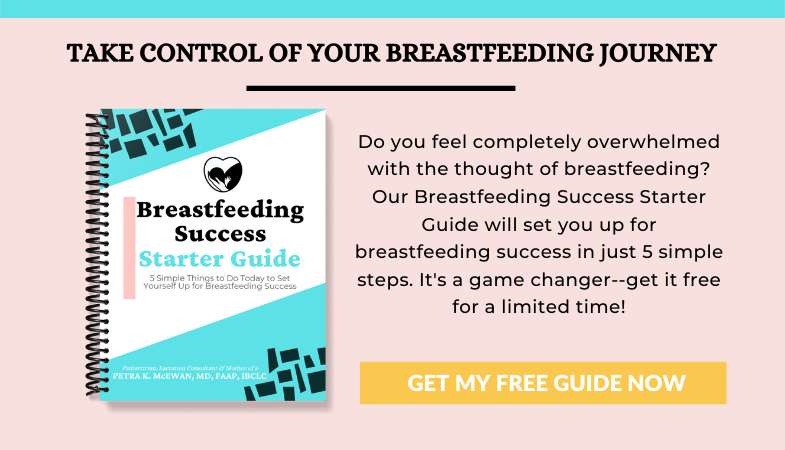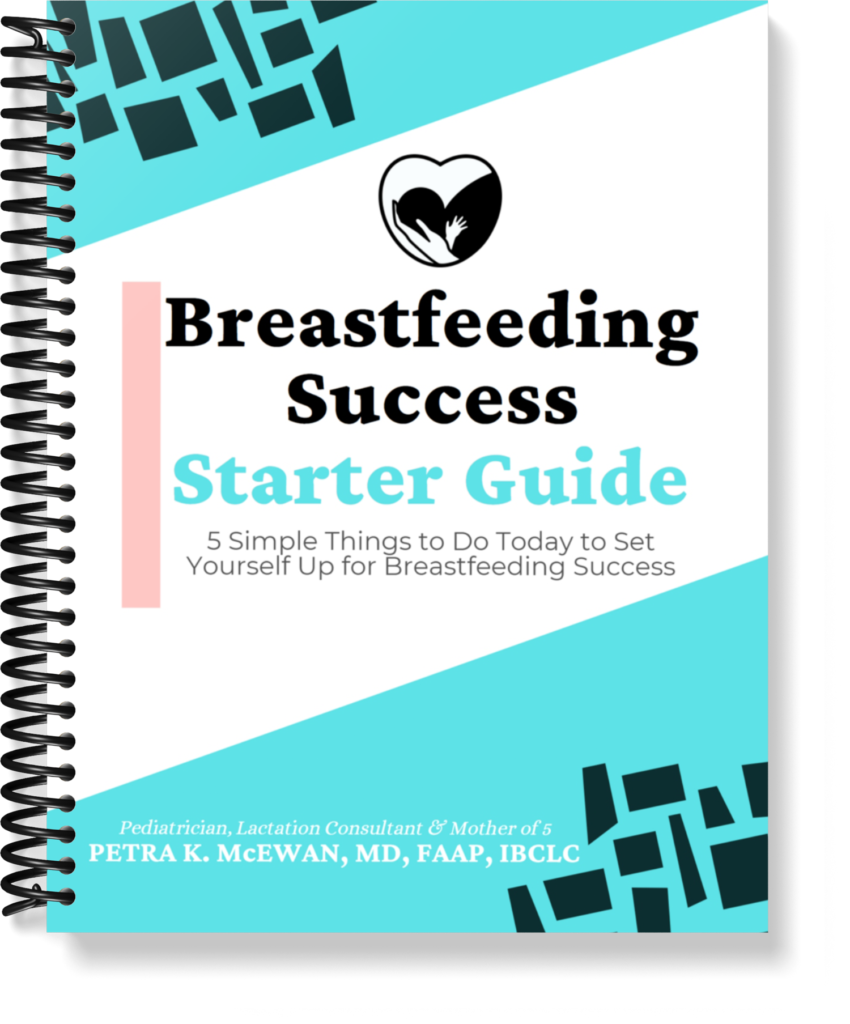Have you ever accidentally fallen asleep with your baby? For years, we’ve recommended absolutely NO co-sleeping because of the real risk of Sudden Infant Death Syndrome (SIDS). But, the reality is that co-sleeping happens. And it may not always be planned. Especially if you’re breastfeeding. Breastfeeding and co-sleeping are two practices that often go hand-in-hand, so it’s important to understand the potential risks and benefits. In this post, I’ll share a few tips for safer breastfeeding and co-sleeping.
Benefits of Breastfeeding and Co-sleeping
Bedsharing while breastfeeding can have significant benefits for both you and your baby, including:
- Increased milk production and milk transfer: Sleeping close to your baby can increase your milk supply. This can ultimately increase your chance of breastfeeding success.
- Improved sleep for both you and your baby: Co-sleeping can help regulate your baby’s sleep patterns. This can lead to more restful sleep for both you and your baby.
- Better bonding and attachment: Co-sleeping can help promote a sense of closeness and security. It can strengthen the bond between you and your baby.
Risks of Breastfeeding and Co-sleeping
Although there are benefits to breastfeeding and co-sleeping , there are also potential risks, including:
- Increased risk of accidental suffocation and Sudden Infant Death Syndrome (SIDS)
- Potential risk of disrupted sleep patterns and breastfeeding-associated sleep disorders for moms
Safe Sleep Practices for Breastfeeding and Co-sleeping
To minimize potential risks, it’s important to follow safe sleep practices when breastfeeding and co-sleeping. Here are a few tips from the Academy of Breastfeeding Medicine:
- Feed your baby at night in a safe bed, not a sofa, chair, or recliner
- Use a firm, flat mattress with the bed away from all walls and no small spaces around the edge of the bed
- Consider putting your mattress on the floor.
- Don’t use a guardrail
- Place your baby on their back at the level of your breast and lay in the “cuddle curl” position
- Make sure there are no heavy blankets, extra pillows or cords dangling near the bed
- Sheets/blankets should be low so they don’t cover your baby’s face or head.
- Don’t leave your baby alone on an adult bed
- No one should sleep with your baby on a sofa, recliner, or chair, if they’ve recently used alcohol, drugs or medication that makes them sleepy, if they smoke, or if your baby was born premature or with a low birthweight
- When not bed sharing: Place your baby on their back to sleep, keep your baby in your room near your bed, consider using a bassinet or co-sleeper that attaches to your bed, put your baby in a clear flat space after feeding, and don’t put your baby in a baby bed with cushioned sides.
The Cuddle Curl

The Cuddle Curl is the safest co-sleeping position for breastfeeding. It looks like this:
- Place your baby on their back while you lay on your side facing baby.
- Your baby’s head should be aligned with your breast.
- Your legs should be bent (“curled”) below your baby to prevent him/her from sliding down.
- The arm underneath your body should be curled above and around your baby to prevent him/her from moving up.
- Keep your hair up and out of baby’s face
Stay safe!
Education and awareness of safe sleep practices is key for safer breastfeeding and co-sleeping. It’s important to understand the risks of benefits associated with this practice. It’s also important to communicate with your partner about it. Make sure you’re both comfortable with it and on the same page. Parents should be educated on safe sleep practices and be aware of the potential risks and benefits of bedsharing. Be sure to evaluate your baby’s sleep environment on a daily basis. Make sure it stays as safe as possible to minimize your baby’s risk of SIDS.
Remember, every family is unique, and the decision to breastfeed and co-sleep is a personal one. If you choose to, be sure to do so as safe as possible. Talk with your baby’s healthcare provider if you have any concerns.
Looking for more help?
If you’re experiencing any breastfeeding issues – or if you just want to make sure you’re doing things right – I’d be happy to help. Take a peek at the different types of breastfeeding consultations I offer, and request an appointment when you’re ready. I’m here for you and all your breastfeeding needs!






